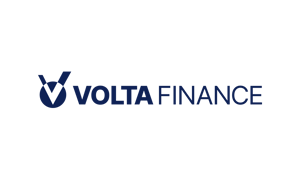When markets stop reacting strongly to news, investors often assume they’ve entered a period of clarity. But clarity can be deceptive. Monetary policy has paused, not ended. Disinflation has slowed, not disappeared. Employment trends are shifting, and forward earnings still depend on a consumer that’s carrying more debt at higher cost. The cycle hasn’t reversed, but it has matured, and that matters for capital allocation.
More investors are now leaning into multi-asset strategies, not as a fallback, but as a primary tool for adapting to this environment. The rigid 60/40 model is too slow for markets that rotate beneath the surface. Diversification today is about optionality, the ability to shift risk quickly without exiting the market.
Bonds are being reassessed for their role as both yield generators and macro shock absorbers. Credit spreads remain tight, but selective exposure to duration is back on the table as rate cuts enter the conversation for 2026. Equities, meanwhile, are no longer moving as one block. Investors are rotating into overlooked regions and sectors where monetary policy is already loosening or where valuations still price in uncertainty.
There is also renewed focus on currency as a source of return, particularly where policy paths between economies are starting to diverge. This creates opportunity for active asset allocators who can use currency overlays to express views across regions without fully shifting equity or bond positions.
Global Opportunities Trust plc LON:GOT) invests globally in undervalued asset classes without reference to the composition of any stock market index.






































